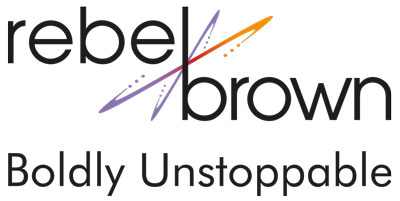A business associate sent me an HBP newsletter on business transformation, a subject near and dear to my heart. Since it was HBP, I expected a positive upbeat view of all the upsides companies can enjoy thanks to the ever present opportunity for business transformation. Boy, was I ever surprised!
Here’s the gist of the article’s message.
Changing a company is tough: only about 40% of transformation programs succeed, according to McKinsey
research. But some change programs have a better chance than others:
defensive transformations (those undertaken to stem trouble) have lower
success rates than progressive ones (launched, for instance, to boost
growth or to move from good to great performance). Trigger events
matter, too. Some change programs are initiated proactively, while
others are undertaken in reaction to external shocks, market pressure,
or poor financial performance. Our research finds that most successful
transformations are those that are both offensive and proactive — we
call them “progressive” — which have a 47% success rate. Defensive
transformations have a 34% rate of success.***
How can only 40% of transformations overall be successful? More importantly, how can only 47% of proactive transformations garner positive results? What was McKinsey’s definition of transformation? And what was their measure of success?
I believe this kind of negative reporting is one of the reasons we have we
come to view business transformation as a big (and all too often
negative) bang in our corporate life cycle. And the reason that often the thought of transformation strikes fear and trepidation in the hearts (and budgets) of corporate executives.
Business transformation is as natural as business growth – and just as inherent in any company’s lifecycle. Transformation is synonymous with the opportunity to change, evolve and improve our products, our services, the way we do business. So why the negative rap and and the associated Fear, Uncertainty and Doubt?
Transformation is all around us.
Businesses transform themselves every day. Transformation is not just
about failed businesses and turnarounds, nor is it about big bangs and massive changes, which
I suspect is exactly what McKinsey measured.
Real transformation happens so often that we often don’t even recognize it as transformation. Here are some examples of transformation at work in everyday business :
- Customer responsiveness: When you get customer feedback and
change the way you do business, the way your product works or the way
you communicate with customers, that’s transformation.
- New product or service launch: You add a new product
or service, or expand your current offerings. When you do, you’re giving
customers more value and/or solving more of their problems in a new and better
way. That’s transformational to your clients – and to your business.
- Market expansion: Let’s say you’ve decided to expand your
sales focus and address a new market. That means different customers, a
different application of your problem/solution scenarios to those new
customers, a different way of looking at your solution and its value.
That expansion requires transformation on multiple fronts.
- New channels: You’re leveraging new or different distribution channels to deliver your solution to the market. It’s a new way to work with your customer base or new prospects, and you’ve added a new set of partners as well. Yep, that’s transformation.
- Geographic expansion: You’re reaching beyond your current
boundaries, moving into new markets and new geographies. Your new
audience has different customs, buying behaviors and business perceptions. You’ll need to evolve to meet them. Isn’t that transformation?
- Launching a social media presence: You’ve decided to enter
the world of social media. You have a new blog, your execs are
tweeting – you’re communicating more openly with customers and your
market than ever before, in new and compelling ways. You just
transformed your brand and presence.
Each and every one of these steps can and should be viewed as
transformation. Yet somewhere along the way, business transformation
became associated with expensive, unwieldy and mammoth corporate
re-inventions. Sometimes I wonder if that impression was nurtured so
that the Big Three could charge big dollars to help corporations enact
transformation. Maybe that’s also why the FUD was created in association
with business transformation. How sad is that?
In my world and that of my clients, business transformation is a given.
It’s exciting, an opportunity to evolve, grow and get better and better
at what we do. Transformation doesn’t have to be scary, expensive, or
massive. Nor does it have to be prone to failure, as the McKinsey research statistics suggest.
Transformation is part and parcel of the corporate life cycle. When we fear and avoid it, we stagnate and we lose.
When we
embrace transformation openly as an every day part of our business, success follows.
_______________
*** Source: The Daily Stat, Harvard Business Publishing





